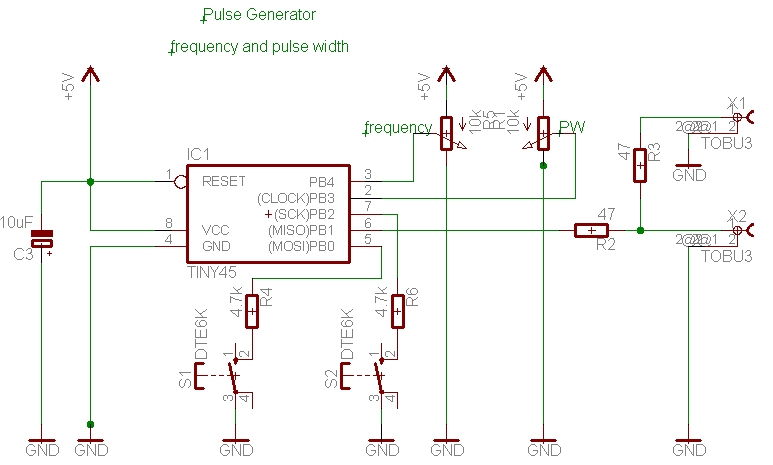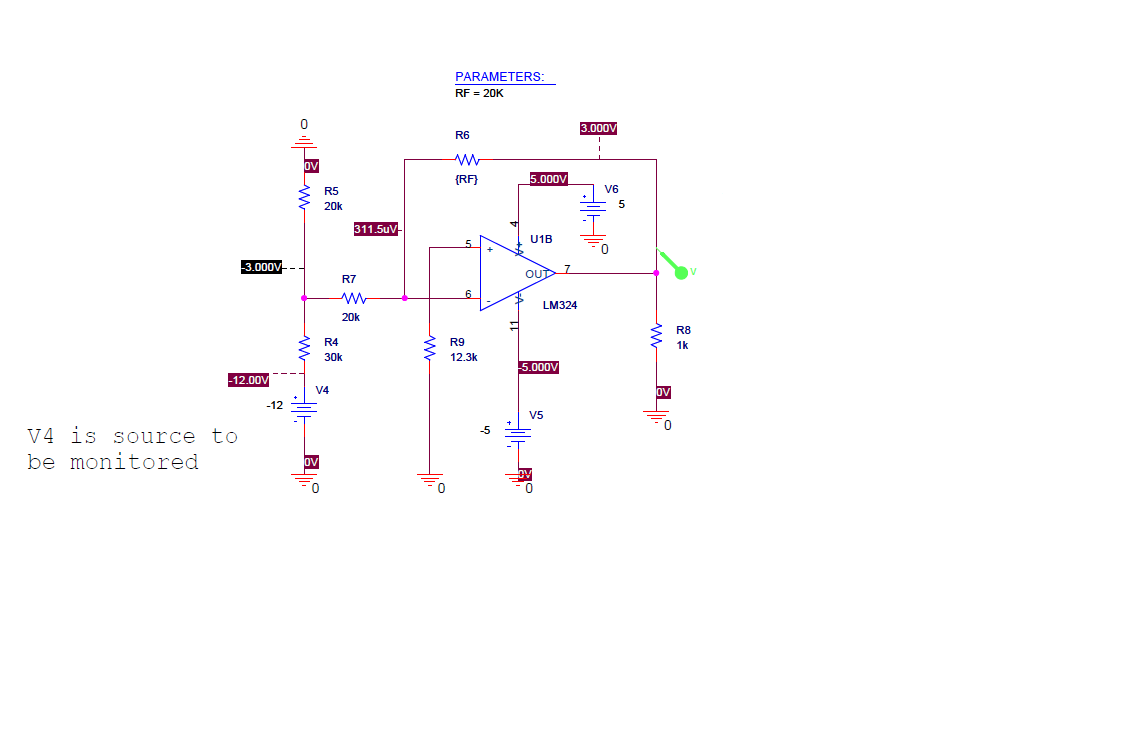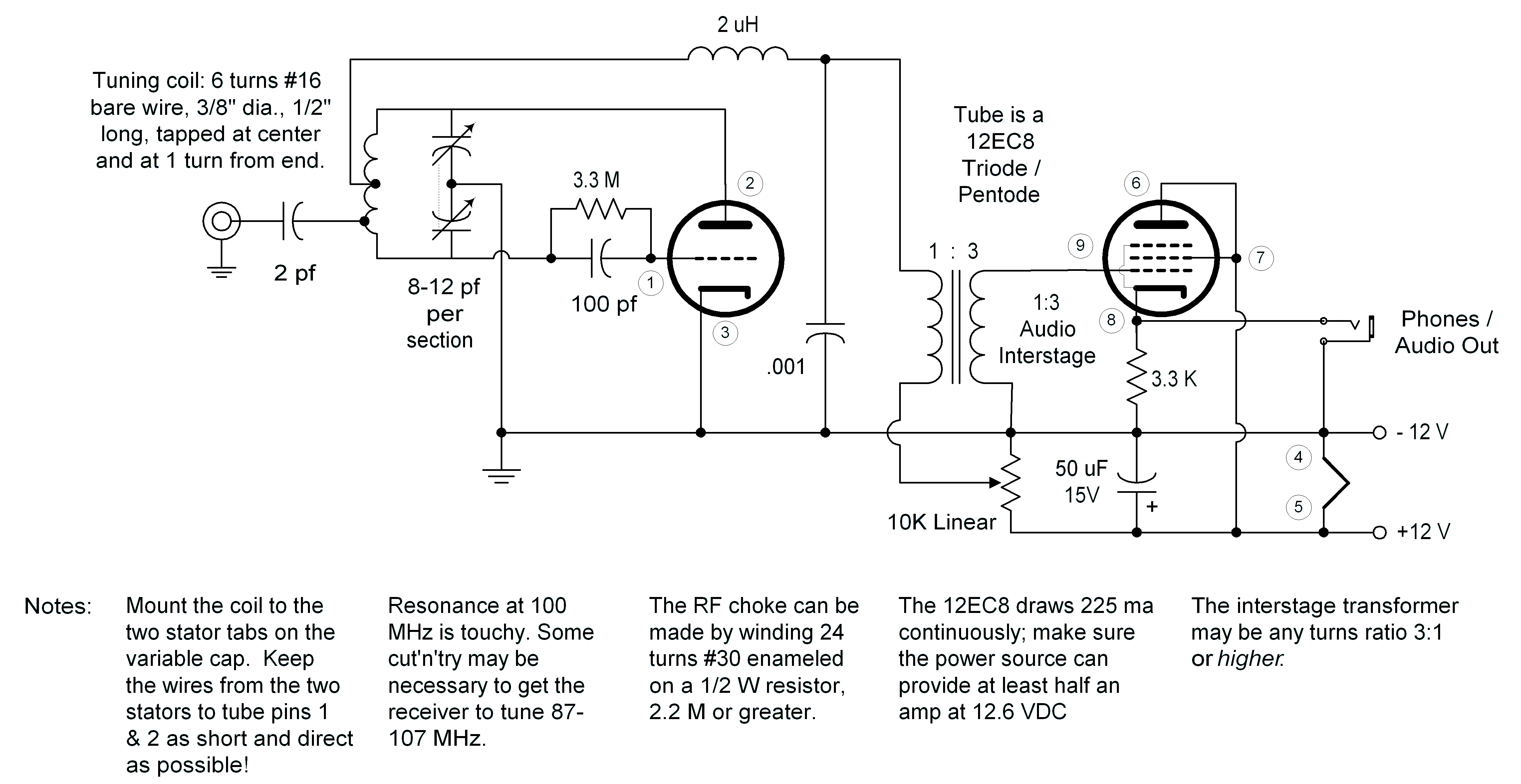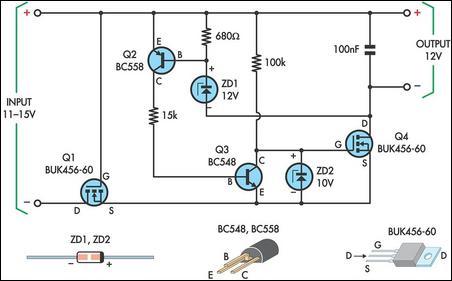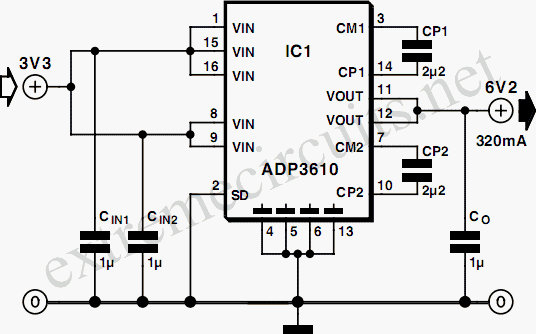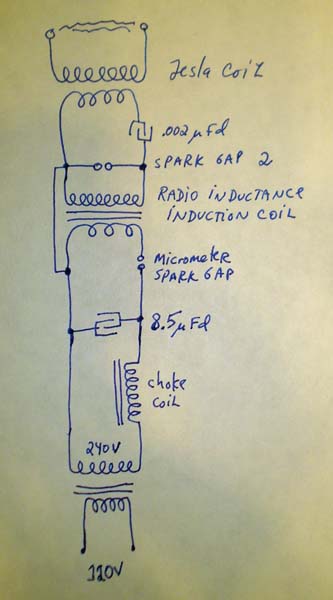
12KV High Voltage Generator
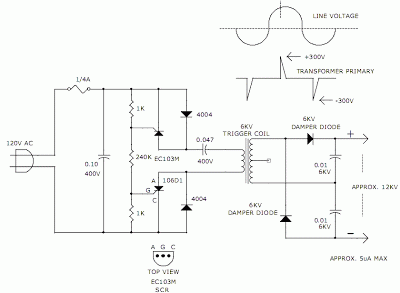
The hobby circuit described utilizes a unique method to generate approximately 12,000 volts with a current of about 5 microamperes. It employs two silicon-controlled rectifiers (SCRs) that form two pulse generator circuits. These SCRs discharge a 0.047 microfarad, 400-volt capacitor through a xenon lamp trigger coil at a frequency of 120 times per second. The high-voltage pulses produced at the secondary side of the trigger coil are rectified using two 6 kV damper diodes. A voltage doubler circuit at the secondary of the trigger coil charges two high-voltage disc capacitors to about 12 kV. Although the circuit does not produce a significant amount of current, caution is advised due to the potential hazards. A 12 kV spark can bridge approximately 0.75 inches, necessitating careful wiring with ample spacing between components.
The circuit design incorporates two silicon-controlled rectifiers (SCRs) configured to operate as pulse generators. These SCRs are triggered at a rate of 120 Hz, allowing for rapid discharge of the capacitor. The capacitor, rated at 0.047 µF and 400 V, serves as the energy storage element, releasing its stored energy through the xenon lamp trigger coil. The trigger coil is responsible for generating high-voltage pulses that are essential for the subsequent voltage doubling process.
The high-voltage pulses generated at the secondary of the trigger coil are directed to a rectification stage utilizing two 6 kV damper diodes. These diodes are critical for ensuring that the high-frequency AC pulses are converted into a usable DC voltage, which is then fed into a voltage doubler circuit. The voltage doubler circuit effectively increases the peak voltage output to approximately 12 kV, charging the connected high-voltage disc capacitors.
Safety considerations are paramount when working with this circuit due to the high voltages involved. The generated 12 kV can produce dangerous electrical arcs that can jump distances of about 0.75 inches. Therefore, it is essential to ensure that the circuit is constructed with ample spacing between components to prevent unintentional discharges and to minimize the risk of electric shock. Proper insulation and protective measures should also be implemented to safeguard the user and surrounding equipment. Overall, while this circuit demonstrates an interesting approach to generating high voltages, it requires careful handling and adherence to safety protocols.The hobby circuit below uses an unusual method to generate about 12, 000 volts with about 5uA of current. Two SCRs form two pulse generator circuits. The two SCRs discharge a 0. 047uF a 400v capacitor through a xenon lamp trigger coil at 120 times a second. The high voltage pulses produced at the secondary of the trigger coil are rectified using two 6KV damper diodes. The voltage doubler circuit at the secondary of the trigger coil charges up two high voltage disc capacitors up to about 12KV. Although this circuit can`t produce a lot of current be very careful with it. A 12KV spark can jump about 0. 75 of an inch so the electronic circuit needs to be carefully wired with lots of space between components.
🔗 External reference
The circuit design incorporates two silicon-controlled rectifiers (SCRs) configured to operate as pulse generators. These SCRs are triggered at a rate of 120 Hz, allowing for rapid discharge of the capacitor. The capacitor, rated at 0.047 µF and 400 V, serves as the energy storage element, releasing its stored energy through the xenon lamp trigger coil. The trigger coil is responsible for generating high-voltage pulses that are essential for the subsequent voltage doubling process.
The high-voltage pulses generated at the secondary of the trigger coil are directed to a rectification stage utilizing two 6 kV damper diodes. These diodes are critical for ensuring that the high-frequency AC pulses are converted into a usable DC voltage, which is then fed into a voltage doubler circuit. The voltage doubler circuit effectively increases the peak voltage output to approximately 12 kV, charging the connected high-voltage disc capacitors.
Safety considerations are paramount when working with this circuit due to the high voltages involved. The generated 12 kV can produce dangerous electrical arcs that can jump distances of about 0.75 inches. Therefore, it is essential to ensure that the circuit is constructed with ample spacing between components to prevent unintentional discharges and to minimize the risk of electric shock. Proper insulation and protective measures should also be implemented to safeguard the user and surrounding equipment. Overall, while this circuit demonstrates an interesting approach to generating high voltages, it requires careful handling and adherence to safety protocols.The hobby circuit below uses an unusual method to generate about 12, 000 volts with about 5uA of current. Two SCRs form two pulse generator circuits. The two SCRs discharge a 0. 047uF a 400v capacitor through a xenon lamp trigger coil at 120 times a second. The high voltage pulses produced at the secondary of the trigger coil are rectified using two 6KV damper diodes. The voltage doubler circuit at the secondary of the trigger coil charges up two high voltage disc capacitors up to about 12KV. Although this circuit can`t produce a lot of current be very careful with it. A 12KV spark can jump about 0. 75 of an inch so the electronic circuit needs to be carefully wired with lots of space between components.
🔗 External reference
